Safflower, cultivation and harvesting technology
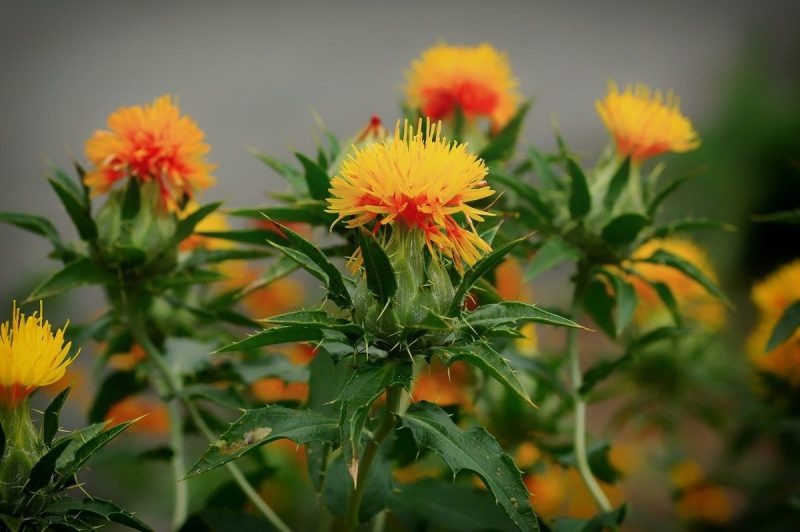
Safflower (Carthamnus tinctorius) – is an annual, herbaceous plant, originally from India, which is cultivated for its achenes, rich in semi-drying oil (37-42%). Due to the high content of oleic acid, linoleic acid and saturated acids, safflower oil is considered to be of high quality, dietetic (it lowers the cholesterol). The press cakes obtained by extracting the oil have a high protein content, being used in animal feed. The flowers are used to obtain food dyes or in the pharmaceutical industry.
Botanical characteristics
The safflower has a taproot and a straight, upwards-oriented, glabrous stem covered with leaves. The inflorescence is a calathidium, and around 14-60 flower heads can form on one plant, each consisting of 25-60 flowers. The fruit is an achene, with 4 edges.
The achenes germinate at a temperature of 2-3 ℃. The safflower is resistant to drought, and in the rosette phase, it can withstand temperatures of -7 ℃.
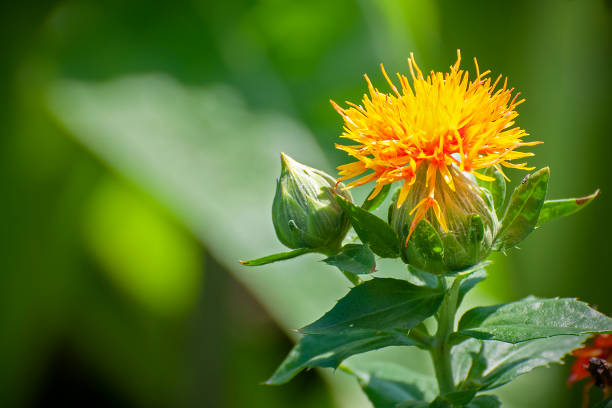
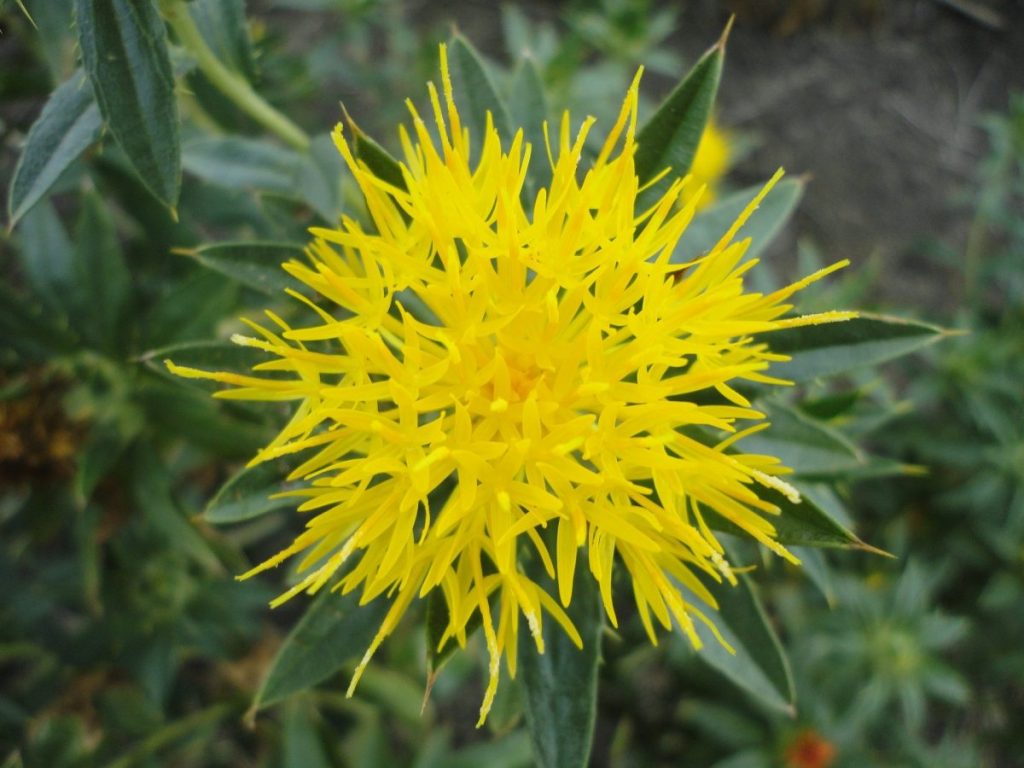
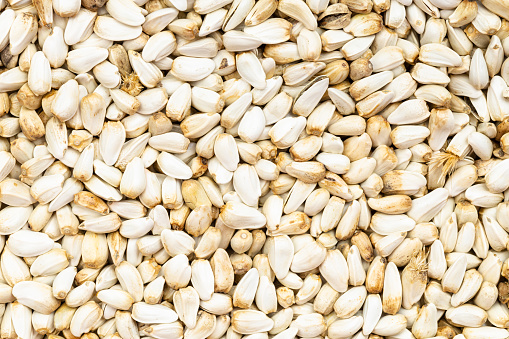
CLIMATE AND SOIL REQUIREMENTS
Temperature
The optimal temperature until flowering is 14-18 ℃, and from flowering to maturity, 18-22 ℃.
Safflower is a drought-resistant plant, with a well-developed root system and a high-water absorption capacity. Areas with annual precipitation of 450 mm are favorable.
It grows and develops on fertile, loamy, well-drained soils, with neutral pH and high-water retention capacity. However, it also grown on more problematic soils: with low fertility, eroded, weakly alkalized.
CULTIVATION TECHNOLOGY
Crop rotation
Safflower is cultivated after precursors such as: straw cereals, fodder crops. Cultivation after plants attacked by nematodes (oats, beet, potatoes, tobacco) is not recommended.
Fertilizing
Safflower reacts favorably to the application of fertilizers. Nitrogen fertilizers can be applied fully, before the preparation of the seedbed, or staggered, at sowing and during the vegetative growth period (before budding). Phosphorus is applied under the basic plowing.
Soil works
The main work is stubble cultivation, followed by plowing at a depth of 22-25 cm. The ploughing is maintained by soil levelling and weed control. In spring, the seedbed will be prepared with the help of the combinator.
Seeds and sowing
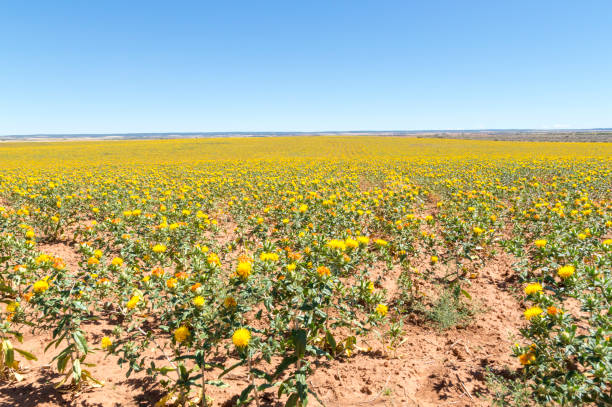
The seeds must have a purity of at least 98%, and a germination capacity of at least 75%. The optimal time to sow is when the temperature in the soil, at a depth of 5 cm, is 5 ℃ at 7 o’clock in the morning and it stays that way for 3 consecutive days.
The distance between rows is 45-50 cm, and the sowing depth is 4-6 cm. To achieve a density of 200 thousand plants/ha, the quantity of seeds used is 12-14 kg/ha.
Weed control
In the safflower crop, weed control can be achieved by carrying out 2-3 mechanical hoeings or by applying herbicides approved for this crop.
Controlling diseases and pests
The safflower can be affected by a number of diseases: Alternaria leaf spot, safflower rust, Septoria leaf spot, powdery mildew, fusarium wilt, gray rot, etc. Among the pests, the most common are: Opatrum sabulosum, the turnip moth, the cotton bollworm.
Harvesting
Safflower is harvested at full maturity. This corresponds to the drying of the leaves and the decrease of the achenes’ humidity below 13%. As a time period, this moment coincides with the month of August-beginning of September. The plants are harvested with the help of the combine harvester. The harvested seeds are conditioned and dried until they reach a humidity of 9%.















































































































































































































































































































































































































































